The Sweet History Of Honey
Dating back to over 40 million years before the evolution of man, Honey is the oldest sweetener existent in the world. While the accurate date of origin of this sweetener remains unknown the oldest written record available dates back to Egyptians in 5,500 B.C.
The history and religious texts from across the lands have a mention of this sweetener and its significance in the daily life. Honey was seen as a symbol of prosperity and goodness according to the old testament of the Bible, which mentions Israel as "the land of milk and honey."
The natural sweetener has its origin in Southeast Asia when they possibly developed a social behavior that is virtually inclined to the modern day honeybees. However, a species of the honeybees, called the Apis mellifera, is referred to as the western honeybee as it has its origin somewhere around the tropical parts of Africa from where it spread to the northern and eastern Europe and then into the East.
The honey was brought to Native America in 1622 by the European colonists and was carried across the Rocky Mountains by ship in the early 1850s. Honey remained the major sweetener for many years until the discovery of cane sugar, which became more easily affordable.
Ancient history has a record of honey not just being used as a sweetener, but also as an ingredient in many other products like cement, beverages, medicines, furniture polishes and varnishes, etc., which makes the value that was endowed to the sweetener justified. There are also records of feudal lords being paid with beeswax and honey by the peasants in Germany, which shows that honey was seen as an equivalent of money across various cultures.
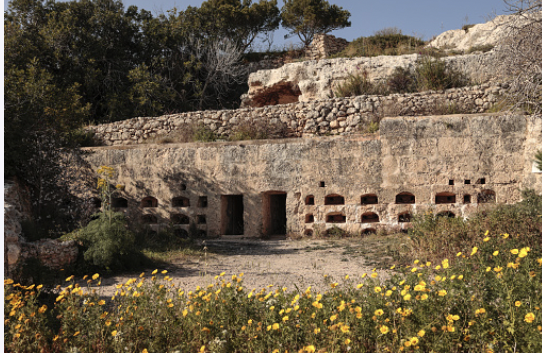
The astonishing fact about the importance of honey in the olden days was made evident when the archaeologists discovered crystallized honey among the artifacts, furniture, etc. that they had discovered in the Egyptian tomb in the Valley of the Kings belonging to the 18th century. The most amazing thing about this discovery was that the honey was not just present in the tomb after over 300 years, but also the fact that it was still edible although it had crystallized.
Honey seemed to have played an integral part in the Egyptian culture where the people used it for various purposes like "mummification" of the dead to making a holy offering in the temple of Min, the Egyptian god of fertility.
However, the Chinese went ahead the rest of the world in terms of collecting, preserving and consuming honey, as they were the ones to begin beekeeping while the rest of the world searched for bee nests to procure honey as early as 771 BCE itself.
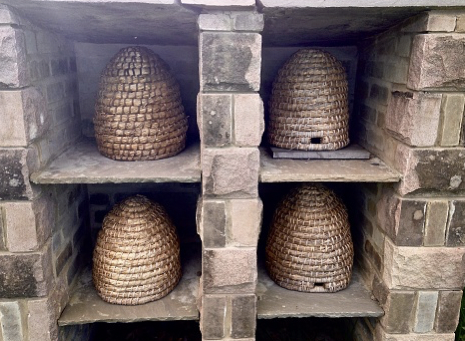
Honey has a prominent place in almost every civilization, culture and religion across the globe. For instance, Buddhism speaks of a monkey that brought honey for Buddha on the retreat of Madhu Purnima.
The day commemorates an occasion on which the Buddha retreated to the wilderness of Parileyya forest to bring peace between two quarrelling factions of disciples. According to legend, a monkey and an elephant named Parileyyaka fed him during this time, the elephant bringing fruit and the monkey bringing a honeycomb. The monkey was so excited when the Buddha accepted his gift that he began leaping from tree to tree and fell to his death. However, he was immediately reborn in Tavatimsa as a result of his generosity.
Madhu Purnima is celebrated as a joyous day of unity and charity. Indian and Bangladeshi Buddhists observe it by bringing gifts of honey and fruit to monasteries.
There are also similar references of honey in several other religious texts like the Quran, old Hebrew Bible, New Testament, etc. making it obvious that honey plays a prominent role in various civilizations and has been existent since times immemorial.
This painting below depicts the Buddha while living in the deep forest, where no people were around who could support him by offering food. The monkey then gave the Buddha some honey. Picture of a wall painting in a monastery in Laos



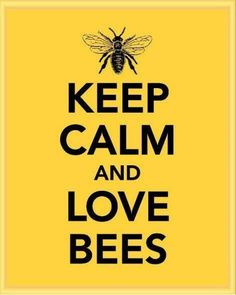
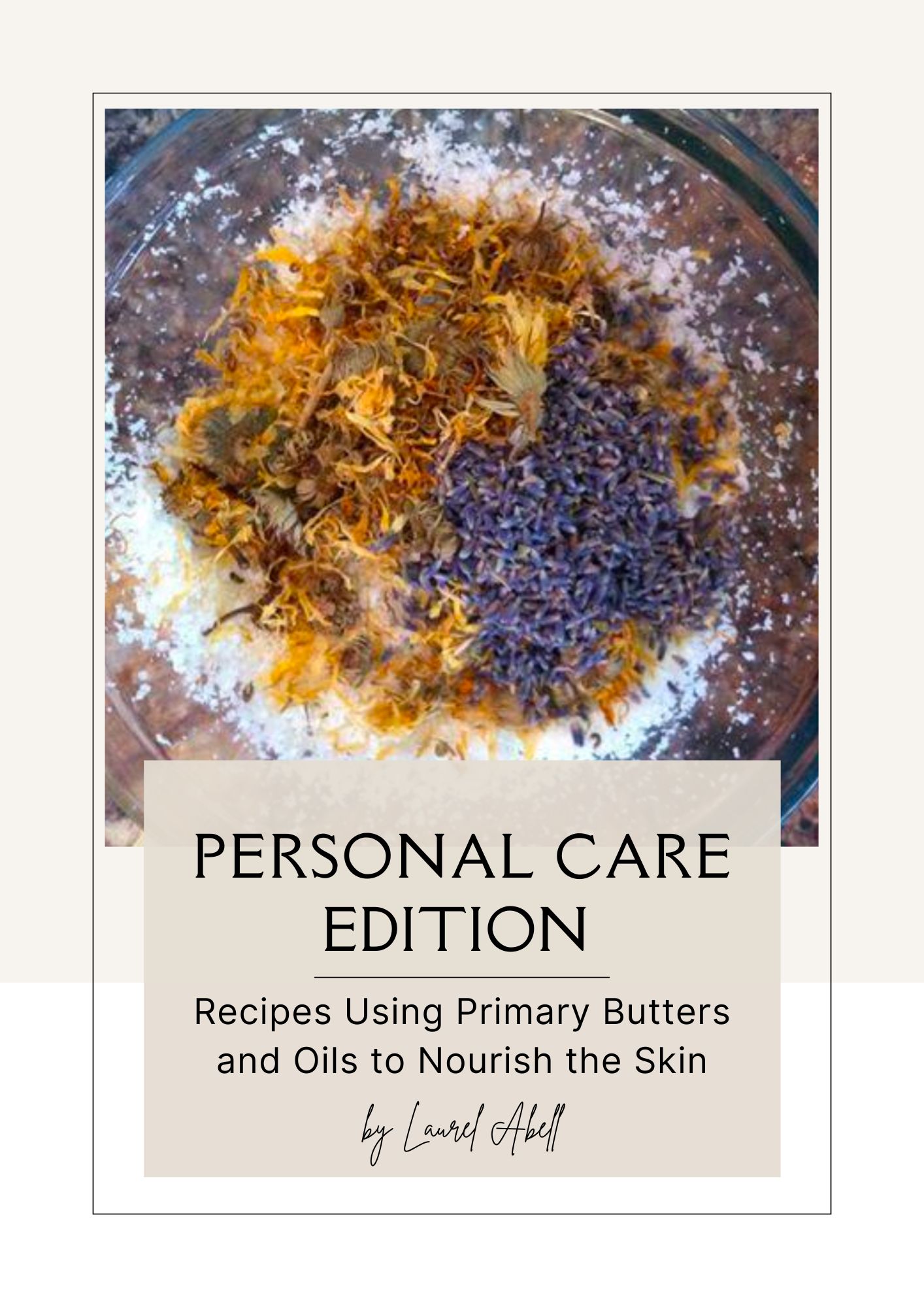
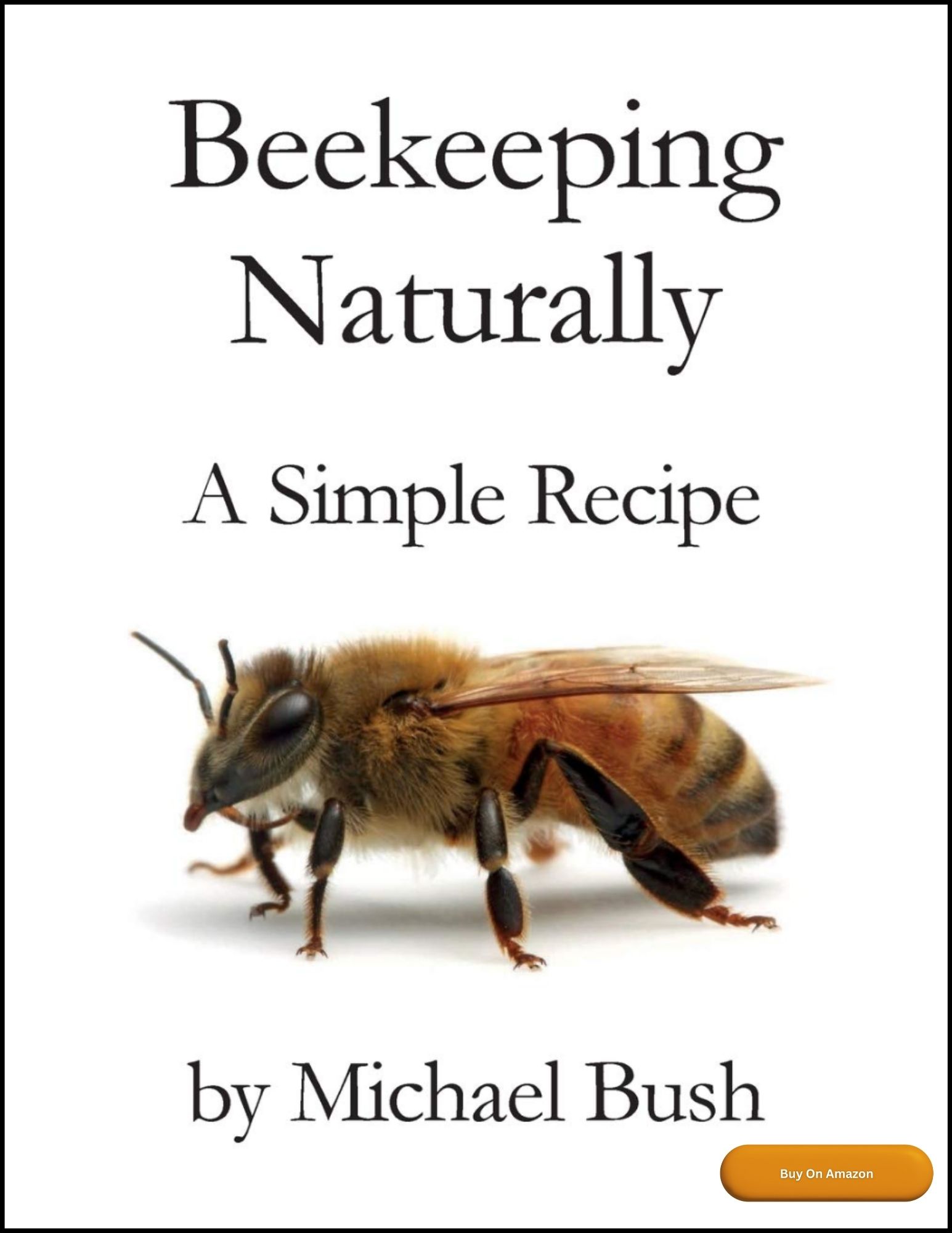
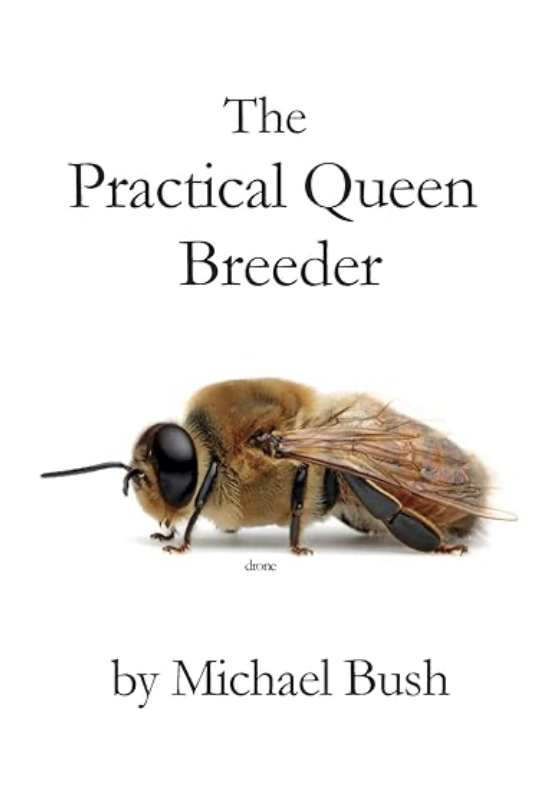
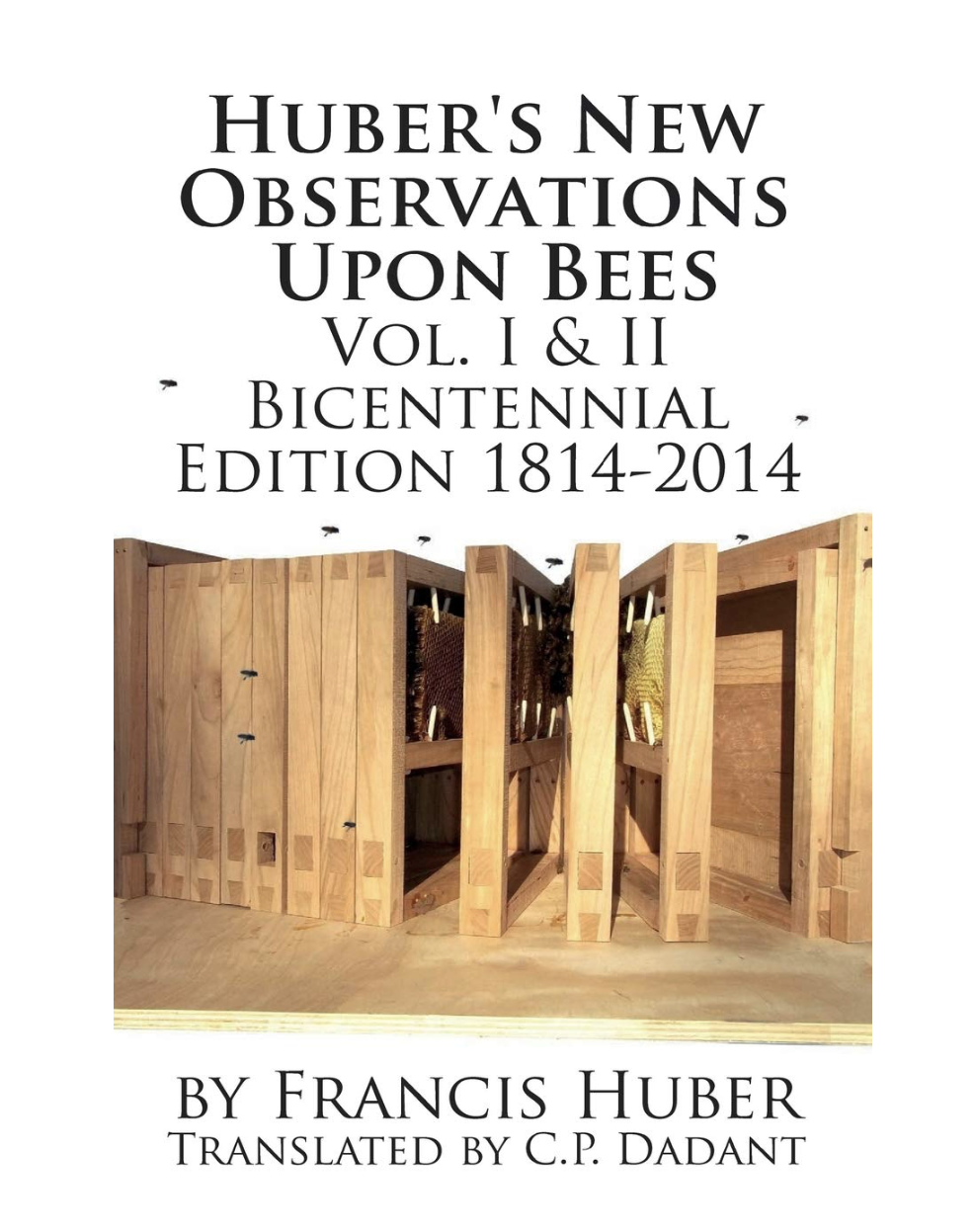
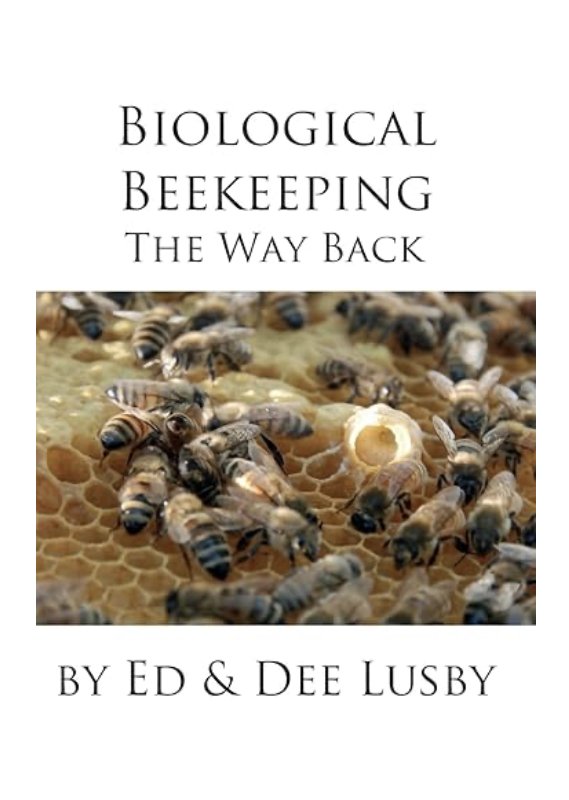

New! Comments
Have your say about what you just read! Leave me a comment in the box below.